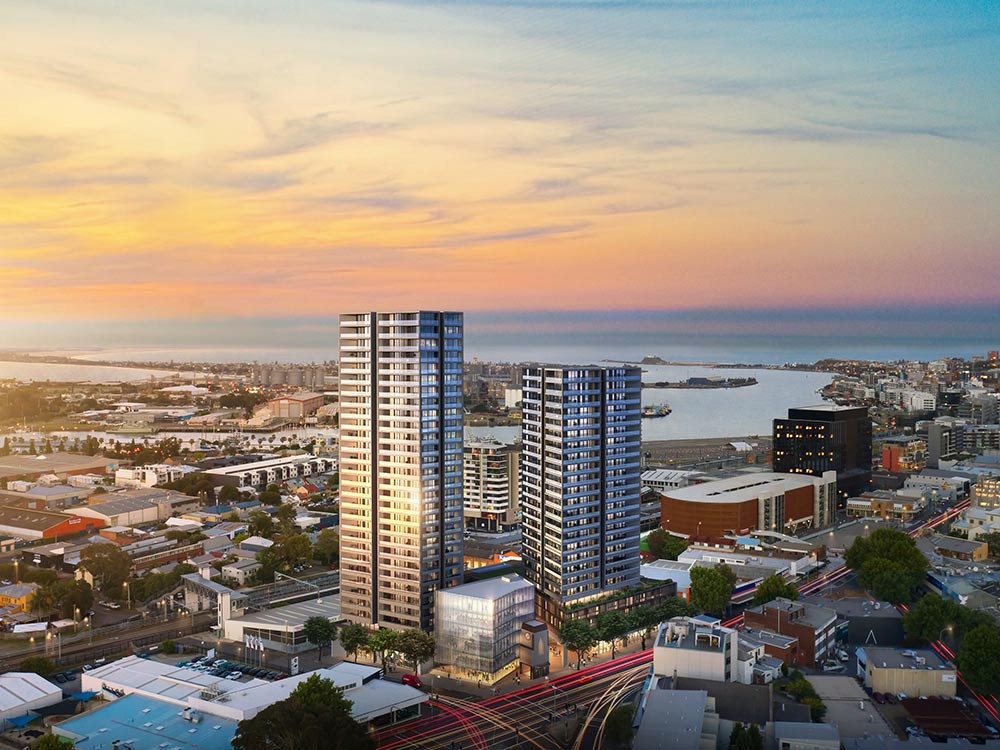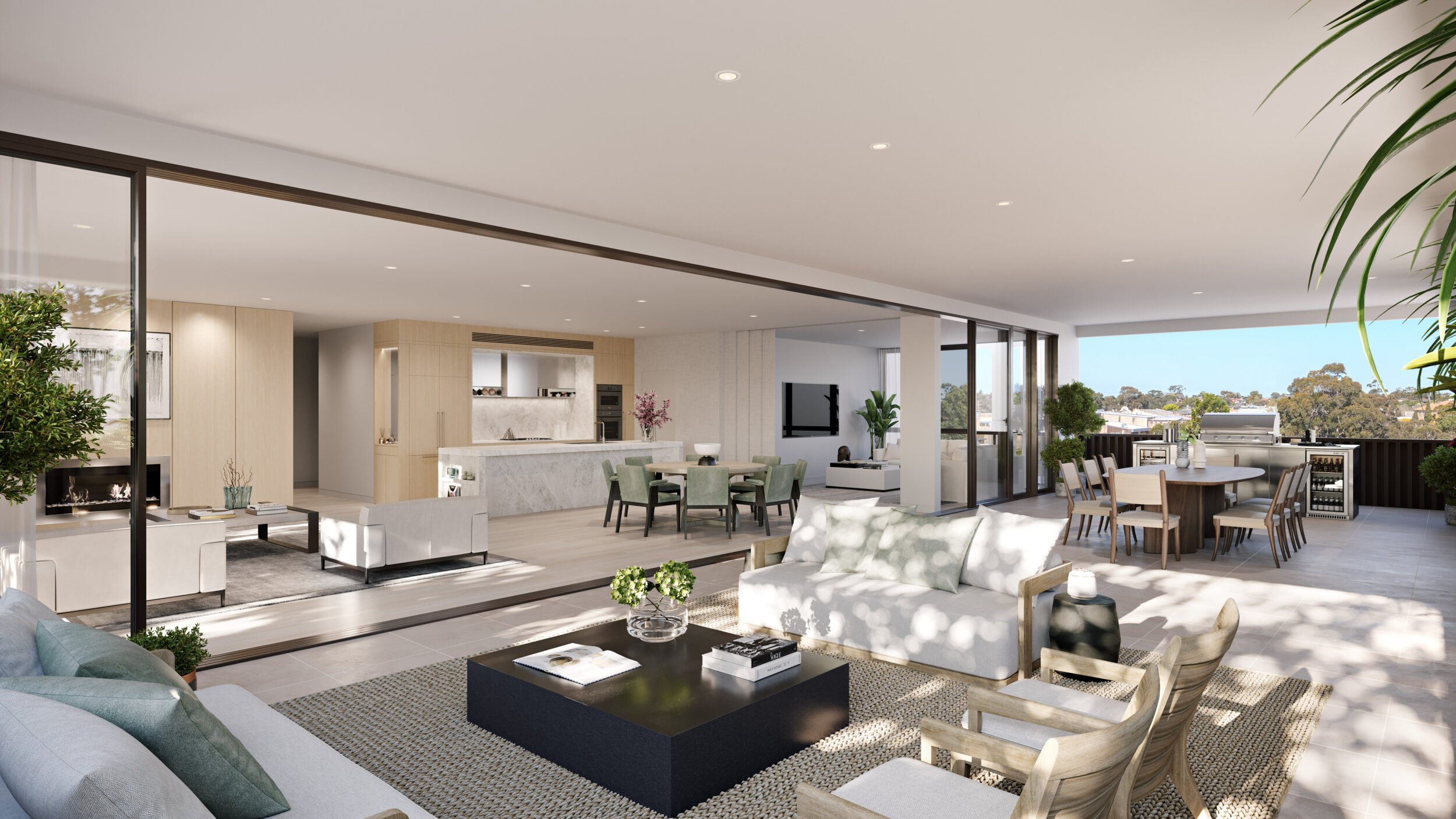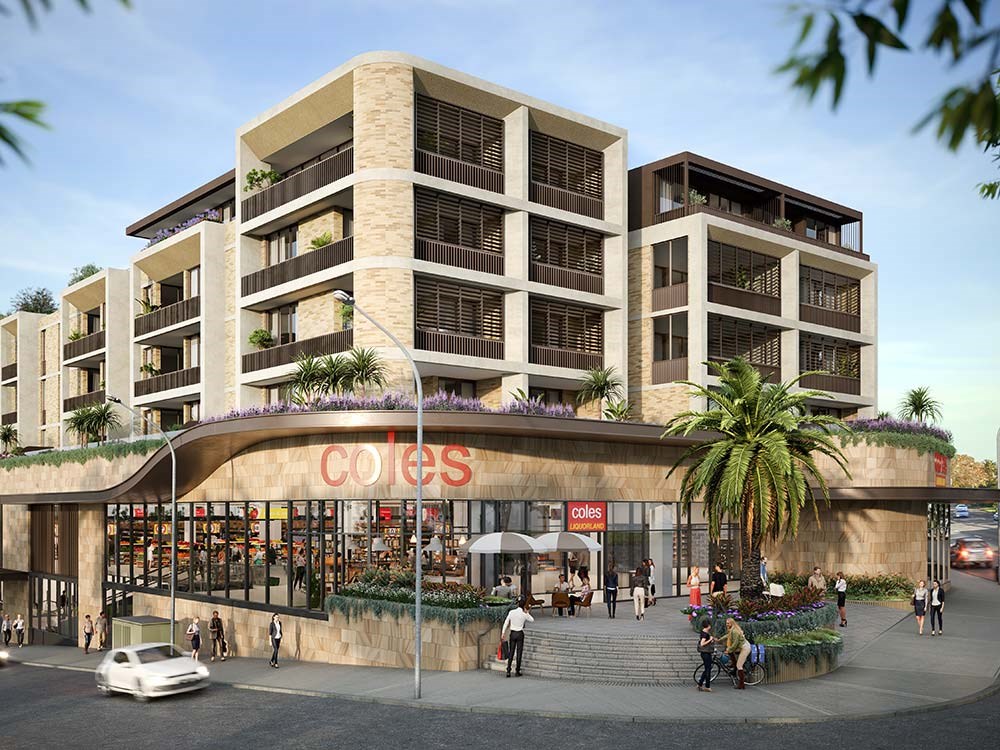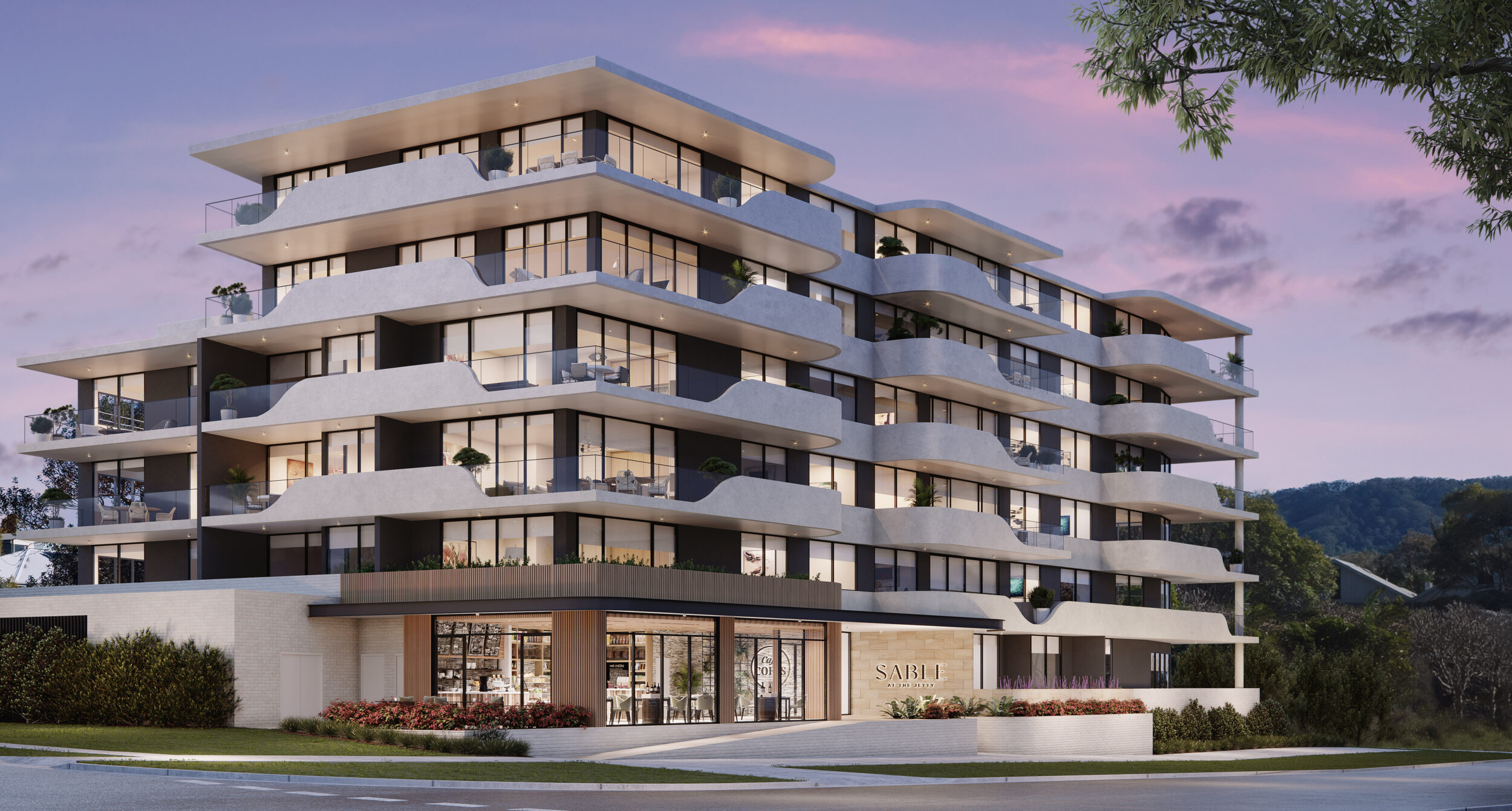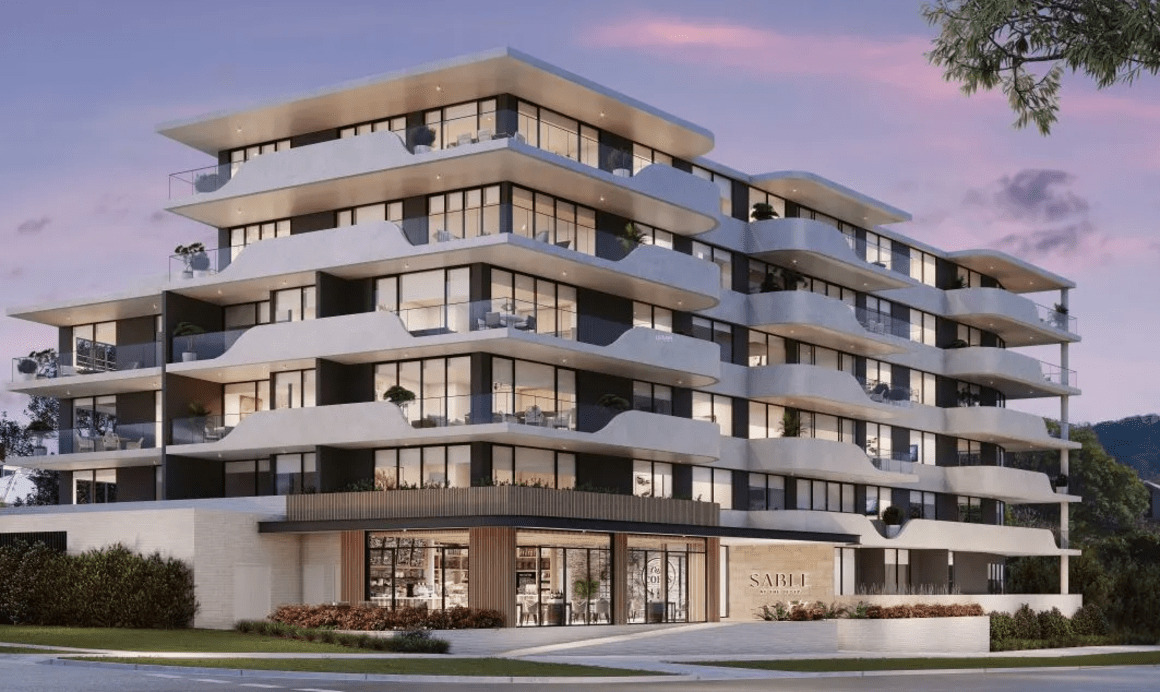Leading property developer Third.i Group and joint venture partner Phoenix Property Investors have announced the highly anticipated launch of Stage One at Hume Place Metro Station known as ‘Elevate’.
Situated directly above the recently opened Crows Nest Metro Station, this exceptional residential development will offer 130 1, 2- and 3-bedroom contemporary apartments designed by internationally acclaimed architecture firm Woods Bagot.
Elevate is set to redefine urban living, providing residents with unparalleled connectivity to major commercial and residential precincts throughout Sydney. Residents will enjoy seamless access to the CBD in just seven (7) minutes and Chatswood in four (4) minutes, making it one of the most connected addresses on the lower North Shore of Sydney.
Carefully crafted by Woods Bagot, for both the exterior architecture and interior design, Elevate Hume Place will cater to a variety of purchasers from first time owners and/or investors to downsizers and right sizers wanting to be close to the Crows Nest Village and all this has to offer in terms of lifestyle and amenity and importantly benefit from the long term value that the Metro stations will bring to property owners.
A recent global study of the impacts that Metro stations have on residential property ‘on’ or ‘directly next’ to metro stations show that properties can demand premiums ranging from 20% to 30% higher in value than neighbouring properties and importantly for investors a metro can help secure 15 to 20% premiums in rents compared to similar properties in the area.
“Elevate at Hume Place is set to redefine urban living in this part of Sydney. It’s not only going to offer some of the best apartments ever released, Elevate is also a one-of-a-kind development in terms of the value the Metro will bring long term to its owners.
“There are plenty of projects claiming close links to the Crow’s Nest Metro, but there is only one project getting built above it all. Having Elevate built directly over the station is why this project will outperform any other local projects in the future.” Said Luke Berry, co-founder and director of Third.i.
Third.i has appointed JLL Residential Project Sales as the project marketer and sales partner for Elevate. With an extensive international network and expertise in residential project marketing, JLL’s ability to successfully connect developers with both local and offshore buyers aligns perfectly with Thirdi’s vision for Elevate.
“We are excited to be partnering with Thirdi and Phoenix Property Investors on this groundbreaking project. Elevate represents the future of integrated transport-oriented development, and we’re confident it will attract significant interest from both local and international buyers.” Said Luke Billiau, head of capital markets – Australia and New Zealand at JLL.
The appointment of JLL Residential Project Sales underscores the global appeal of Elevate, with JLL’s proven track record in successfully marketing high-profile developments and strong relationships with institutional and private investors across the globe was instrumental in attracting international interest to the project.
As Sydney celebrates the metro opening, residents and visitors alike are encouraged to explore the new stations and experience the speed and efficiency of this world-class transport system.
The launch of Elevate in October will provide an exciting opportunity for those looking to be part of Sydney’s dynamic future, offering a unique blend of connectivity, innovative design, and sustainable living.


